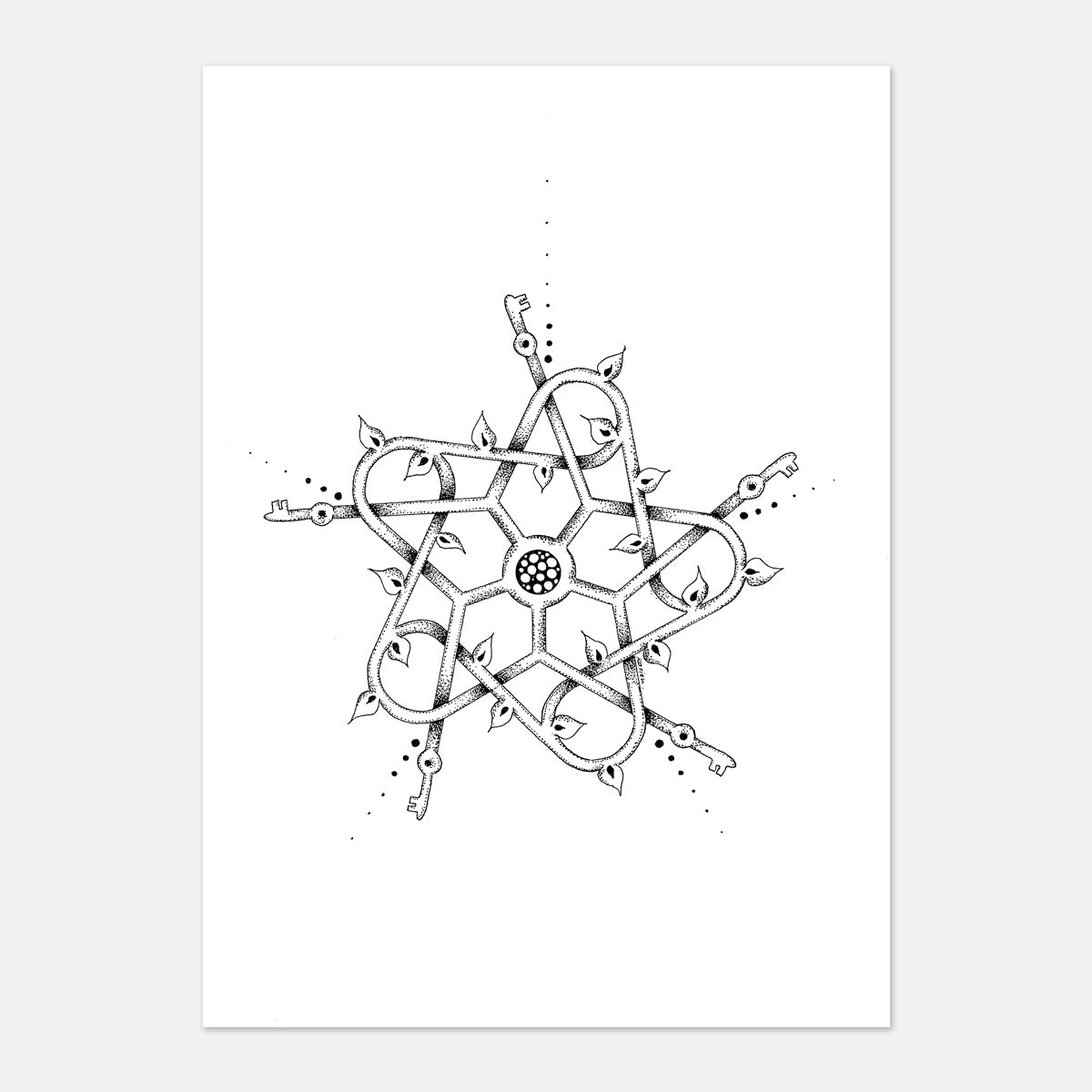Creativity is one of the essential components of being human and one of the key attributes that sets us apart from other animals. We can produce something new and novel, think outside the box, and push boundaries. Creativity spans multiple industries - music, visual art, science, and even everyday problem-solving. So, where does creativity come from? We can delve into this question by looking at creativity through the lens of a couple of types of psychology.
Psychoanalytical Psychology
The earliest psychological theories argue that creativity originates from our subconscious mind. Sigmund Freud believed that when we are creative, we channel repressed desires and unresolved conflicts in socially acceptable forms. Essentially, he thought it was a way for humans to manage their inner turmoil. Carl Yung, on the other hand, believed creativity was a result of generic archetypes and their influence on the collective unconscious. Examples of archetypes include “The Hero”, “The Rebel”, “The Damsel”, “The Jester” etc. These archetypes are globally understood across different cultures, and they connect us with the universal human experience.
Cognitive Psychology
The second area of psychology we’ll look at is the theory that creativity is the result of mental processes. It suggests that cognitive abilities such as divergent thinking are what make us creative. J.P. Guilford, an American psychologist, emphasized the distinction between convergent and divergent thinking, where divergent thinking is crucial for creative problem-solving, involving the ability to generate multiple solutions to a problem. Robert Sternberg, another American psychologist, created the Triarchic Theory of Creativity which states that creativity involves a balance of analytical, synthetic, and practical abilities. Both theories highlight the importance of cognitive processes in fostering creativity, more than the subconscious and archetypal influences of psychoanalytical psychology.
Humanistic Psychology
The final area of psychology we’ll explore is humanistic psychology, which posits that self-actualization and a desire for inner growth drive human creativity. Carl Rogers, another American psychologist, and Abraham Maslow, known for his Hierarchy of Needs, both place self-actualization at the pinnacle of human fulfillment. They assert that self-expression and reaching one’s full potential as a human being inherently involves creativity. They believe we will strive for this form of self-transcendence once our basic needs are met. According to their theories, achieving creativity is an integral part of realizing our fullest selves.
This short overview shows us that creativity is a complex topic that can be broken down into multiple blog topics. We need a holistic view to appreciate its richness. By looking at it from various psychological perspectives, we gain a better understanding of the origins of creativity, and how it is a fascinating interplay between the human subconscious, archetypes, cognitive abilities, and the quest for self-fulfilment.



